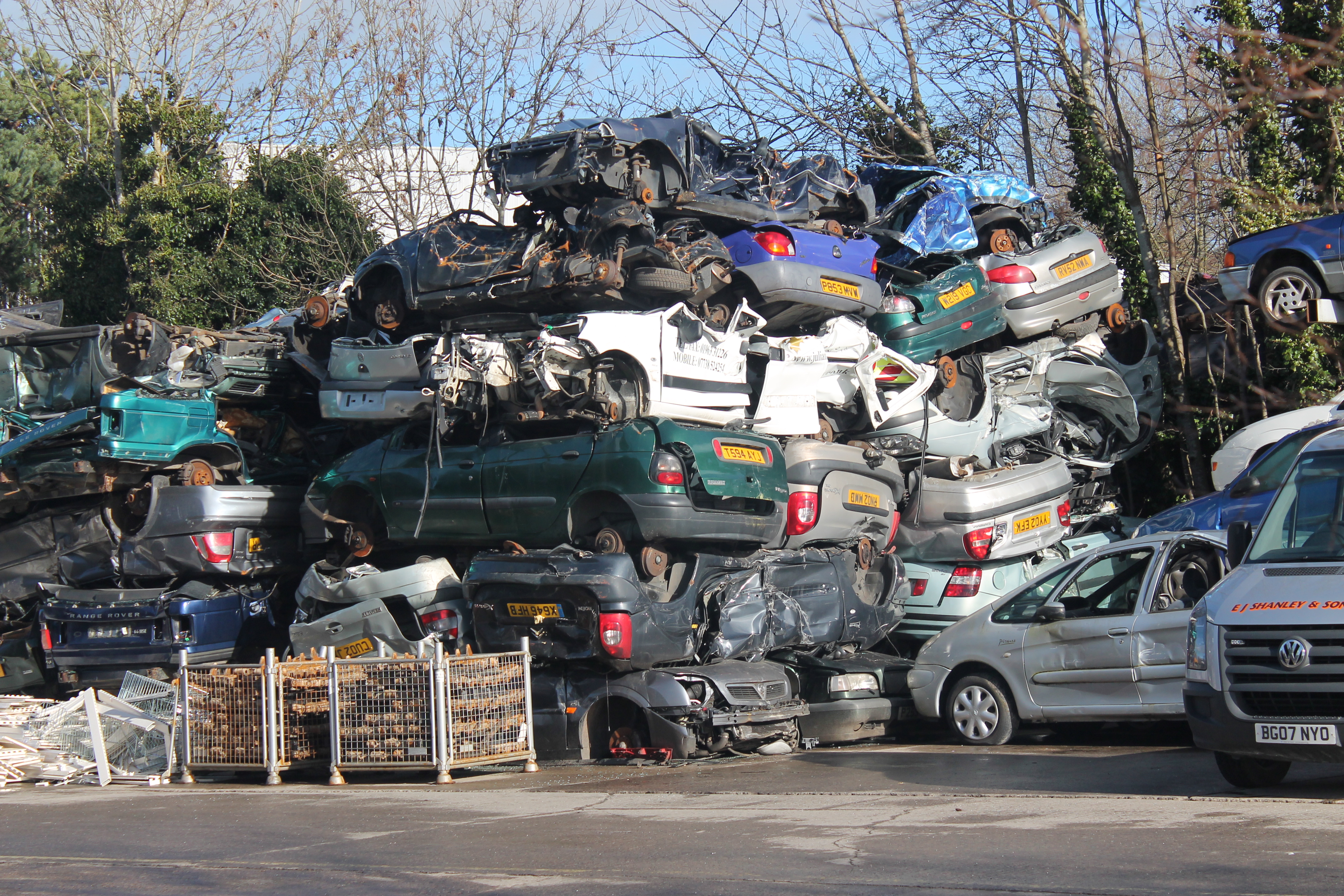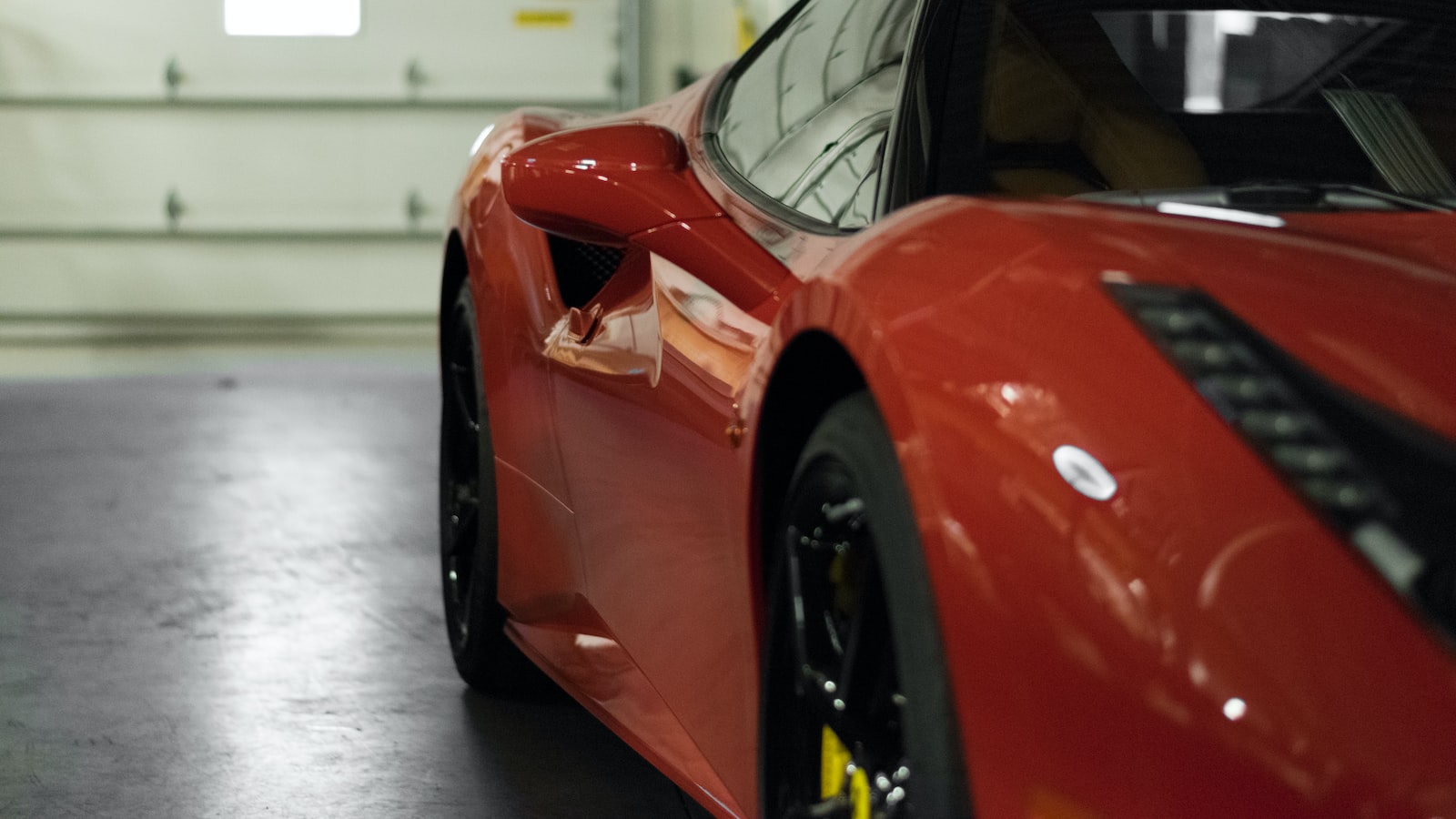The Journey of a Scrap Car: Recycling & Reuse
In a world where sustainability and environmental consciousness are gaining paramount importance, the fate of a scrap car extends far beyond its abandonment at a junkyard. With the escalating concerns over waste management and the increasing need to reduce carbon emissions, the recycling and reuse of end-of-life vehicles have become pivotal components of the automotive industry. This article delves into the intricate journey undertaken by a scrap car, illuminating the diverse stages it traverses, from dismantling and recycling to its ultimate reincarnation as raw materials or refurbished components. Join us on this informative expedition, as we uncover the mechanisms behind the environmentally conscious processes that transform discarded vehicles into valuable resources.
Table of Contents
- The Journey of a Scrap Car: Understanding the Recycling Process
- Exploring the Environmental Benefits of Scrap Car Recycling
- Maximizing the Reuse Potential: A Guide to Recycling Scrap Car Components
- Important Considerations for Responsible Scrap Car Disposal
- Key Takeaways

The Journey of a Scrap Car: Understanding the Recycling Process
Scrap cars, once destined for the junkyard, undergo an incredible journey through the recycling and reuse process. An intricate and precise series of steps allows these vehicles to be transformed from abandoned relics into valuable raw materials that can be used in various industries. Let’s delve into the fascinating journey that a scrap car embarks upon after its final ride.
1. Collection: The first step in the recycling process involves the collection of scrap cars. This can be done through various means, including car recycling centers, junkyards, and pick-up services. Salvageable vehicles are carefully selected for potential reuse, while the rest are directed towards recycling facilities.
2. Dismantling: Once at the recycling facility, the scrap car is meticulously dismantled. Valuable components such as the engine, transmission, and electronic parts are removed for potential reuse or resale. This not only reduces the demand for new parts but also generates revenue and prevents these components from ending up in landfills.
3. Recycling: After the valuable parts and components are removed, the remaining metal frame undergoes the recycling process. The metal is crushed and shredded into smaller pieces, ready to be melted down. This crushed metal, known as shredded scrap, is then processed in a furnace. Through intense heat, the metal is melted and refined to remove impurities. The molten metal is molded into ingots or compacted into blocks for ease of transportation. These metal blocks are then sold to manufacturers who use them as raw materials for various products, such as new cars, appliances, and construction materials.
4. Processing Non-Metallic Materials: Recycling a scrap car doesn’t stop at just the metal. The plastics, rubber, glass, and other non-metallic materials recovered during the dismantling phase are also carefully processed. Plastics, for instance, are sorted according to their type and melted down to create new plastic products. Rubber and glass can be similarly recycled, reducing the need for extracting new resources and minimizing environmental impact. By giving these materials a new lease on life, the recycling process helps to conserve our planet’s resources and minimize waste.

Exploring the Environmental Benefits of Scrap Car Recycling
Scrap car recycling is more than just a way to dispose of old vehicles. It is an essential process that offers numerous environmental benefits. By giving new life to discarded automobiles, this process significantly reduces the negative impact on our planet and supports a sustainable future.
One of the most prominent environmental benefits of scrap car recycling is resource conservation. When a car reaches the end of its useful life, many valuable materials can be salvaged and reused. Materials like steel, aluminum, and rubber are extracted and recycled, reducing the need for new manufacturing processes that consume natural resources and emit greenhouse gases. The recycled materials can be transformed into new vehicles or used in a variety of other industries, reducing the demand for virgin resources and effectively minimizing environmental pollution.
- Energy conservation: Scrap car recycling saves a significant amount of energy compared to the production of new vehicles. Recycling steel, for example, requires around 75% less energy than producing it from raw materials. By reusing these materials, we reduce the reliance on energy-intensive mining and manufacturing operations.
- Preventing landfill waste: Discarded cars take up valuable landfill space, contributing to pollution and environmental degradation. However, through recycling, nearly 95% of a car can be recycled or reused, minimizing the amount of waste that ends up in landfills. This decreases the strain on landfills and promotes a cleaner and healthier environment.
- Reducing air pollution and greenhouse gas emissions: When vehicles are recycled, their hazardous fluids, such as oil and coolants, are properly extracted and disposed of, preventing them from seeping into the soil and waterways. Additionally, by recycling car parts and materials, we cut down on greenhouse gas emissions that are released during the manufacturing of new components.
- Biodiversity preservation: Scrap car recycling protects natural habitats and biodiversity by reducing the need for raw material extraction and deforestation. It lessens the demand for mining operations and logging, which often lead to habitat destruction and irreversible damage to ecosystems.
Embracing the process of scrap car recycling not only benefits the environment but also contributes to the circular economy, wherein resources are continually reused, reducing waste and maximizing resource efficiency. By understanding the environmental advantages of this practice, we can support the responsible management of end-of-life vehicles and create a more sustainable future for generations to come.

Maximizing the Reuse Potential: A Guide to Recycling Scrap Car Components
The Journey of a Scrap Car: Recycling & Reuse
<p>When a car reaches the end of its life, it doesn't just disappear. Instead, it embarks on a journey that involves recycling and maximizing the reuse potential of its components. The recycling process of scrap car components is crucial for sustainable waste management and reducing environmental impacts.</p>
<p>Maximizing the reuse potential of scrap car components not only helps in conserving natural resources but also promotes a circular economy. By extracting valuable materials and parts from decommissioned vehicles, we can significantly reduce the demand for new resources and minimize the strain on ecosystems. Here are some key steps in the journey of a scrap car:</p>
<ul>
<li><b>Depollution:</b> Before any recycling or reuse can take place, the scrap car goes through a depollution process. This involves removing and safely disposing of hazardous materials such as fuel, oil, and coolant, ensuring they do not harm the environment.</li>
<li><b>Dismantling and Sorting:</b> The car is then carefully dismantled, and its various components, such as the engine, transmission, suspension, and electronics, are sorted for further processing.</li>
<li><b>Material Recovery:</b> Next, valuable materials like steel, aluminum, glass, and plastics are recovered through shredding, sorting, and separation techniques. These materials can be recycled and used in the manufacturing of new products, reducing the need for virgin resources.</li>
<li><b>Component Reuse:</b> Some car parts that are still in good condition, such as engines, alternators, and starter motors, can be refurbished and sold as used auto parts. This not only extends their lifespan but also provides an affordable alternative for car owners.</li>
<li><b>Recycling of Non-Reusable Materials:</b> Finally, any components or materials that cannot be reused are sent through specialized recycling processes. For example, plastics might be converted into pellets for manufacturing new plastic products, while metals can be melted and used for various applications.</li>
</ul>
<p>By following these steps, the journey of a scrap car transforms it from a discarded object into a valuable source of materials and components, reducing waste and promoting a more sustainable future.</p>
Important Considerations for Responsible Scrap Car Disposal
Scrap car disposal is a crucial process that requires careful consideration to ensure responsible recycling and reuse. When it comes to the journey of a scrap car, there are several important factors to keep in mind.
Firstly, it is essential to choose a licensed and certified scrap car disposal facility. These facilities are equipped with the necessary infrastructure and expertise to handle the recycling and reuse process safely and responsibly. By opting for a licensed facility, you can have peace of mind knowing that your old vehicle will be handled in compliance with environmental regulations and ethical practices.
Secondly, it is crucial to understand the different components of your scrap car that can be recycled or reused. This includes materials such as metal, plastic, rubber, and glass. Recycling these materials not only prevents them from ending up in landfills but also helps conserve natural resources and reduce the environmental impact of car manufacturing. By reusing functional parts like engines, transmissions, or even upholstery, you can not only contribute to the circular economy but also help other car owners save money on repairs.
To ensure responsible scrap car disposal, it is advisable to remove personal belongings from the vehicle and properly dispose of hazardous materials such as batteries, oils, and fluids. Finally, it is important to choose a reliable scrap car disposal service that offers convenient collection and transportation options. By following these considerations, you can contribute to a more sustainable and environmentally-friendly approach to the disposal of scrap cars.
Key Takeaways
In conclusion, the journey of a scrap car from abandonment to recycling and reuse is a process that not only benefits the environment but also holds potential financial value. Embracing the principles of sustainability and responsible waste management, recycling facilities play a pivotal role in salvaging valuable resources from end-of-life vehicles. Through a meticulous dismantling and recycling process, every component finds a purpose, minimizing the strain on our planet.
As responsible citizens, we at Top Cash For Cars understand the importance of contributing to a greener future. We strive to make a positive impact in the automotive industry by providing reliable and efficient car removal services, ensuring that no scrap car is left neglected or polluting our surroundings.
If you have a scrap car that you’d like to dispose of, consider taking advantage of our hassle-free services. Our team of experts is here to guide you through the process, from the initial quote to the final removal of your vehicle. Don’t let your unwanted car take up unnecessary space while harming the environment – reclaim its value and contribute to a sustainable tomorrow.
Requesting a quote is simple – just fill out our convenient “request a quote” form on our website or give us a call directly. We offer competitive prices and prompt, reliable service, ensuring that your scrap car is handled with the utmost professionalism and care. Together, let’s make a difference and join the movement towards a greener, cleaner world.
Choose Top Cash For Cars, where your scrap car’s journey ends and its recycling and reuse legacy begins. Contact us today and experience the benefits of responsible car disposal firsthand.
